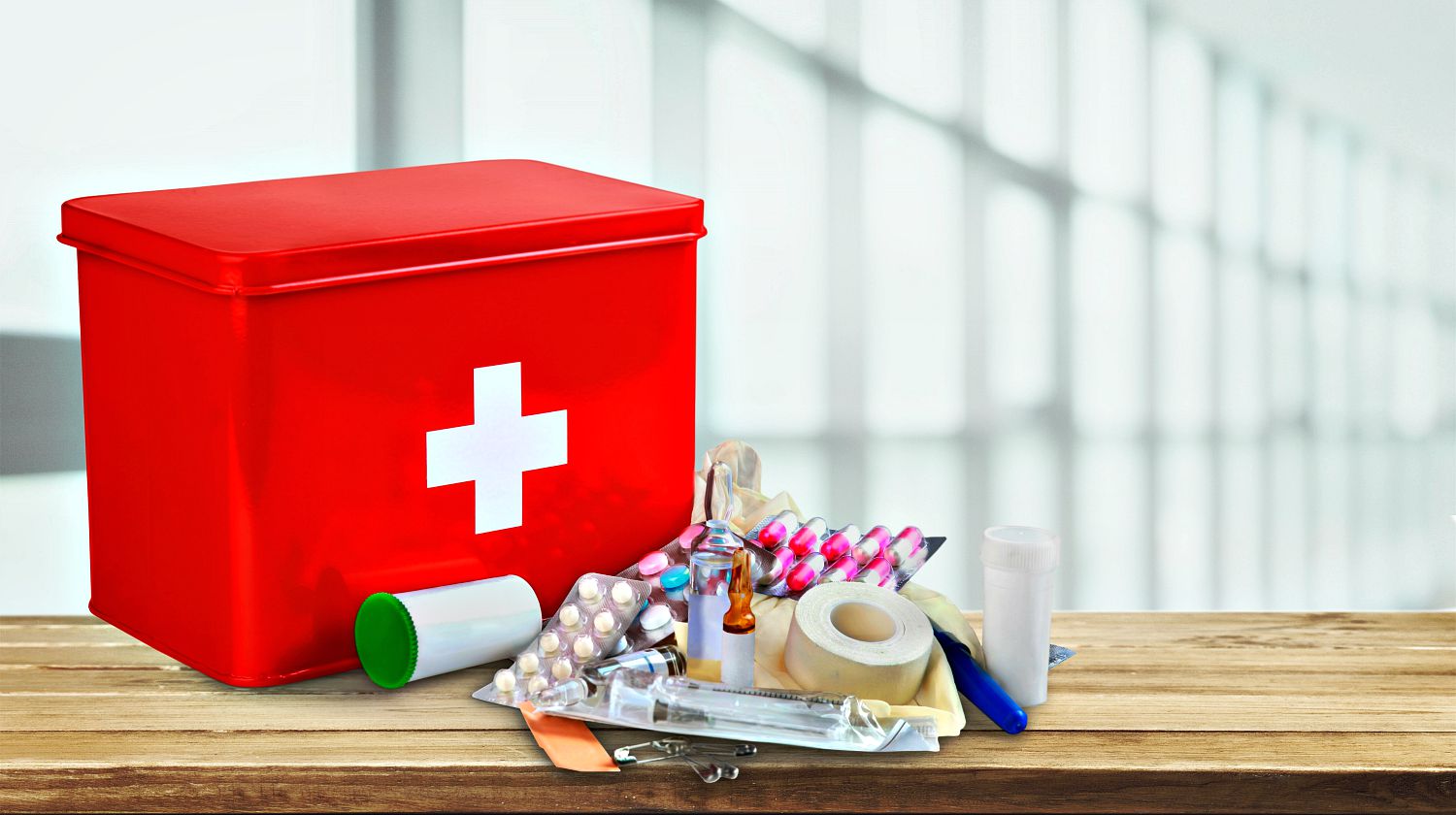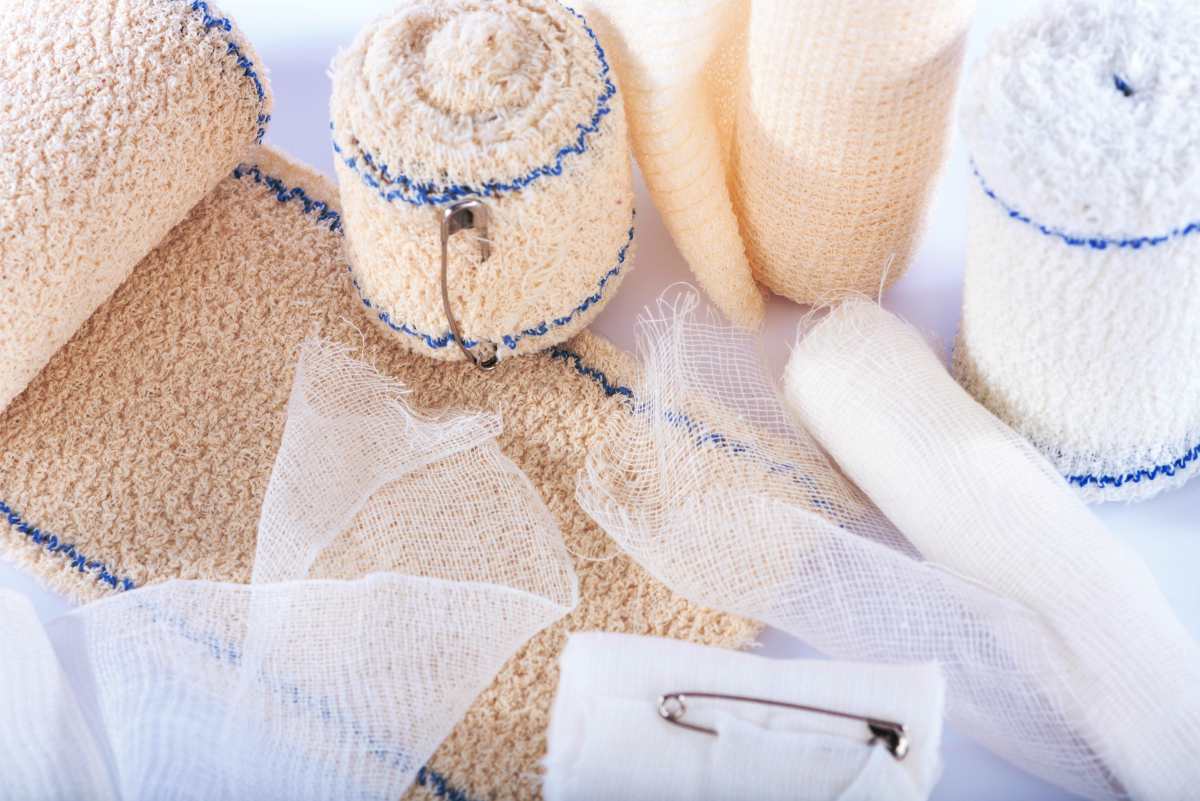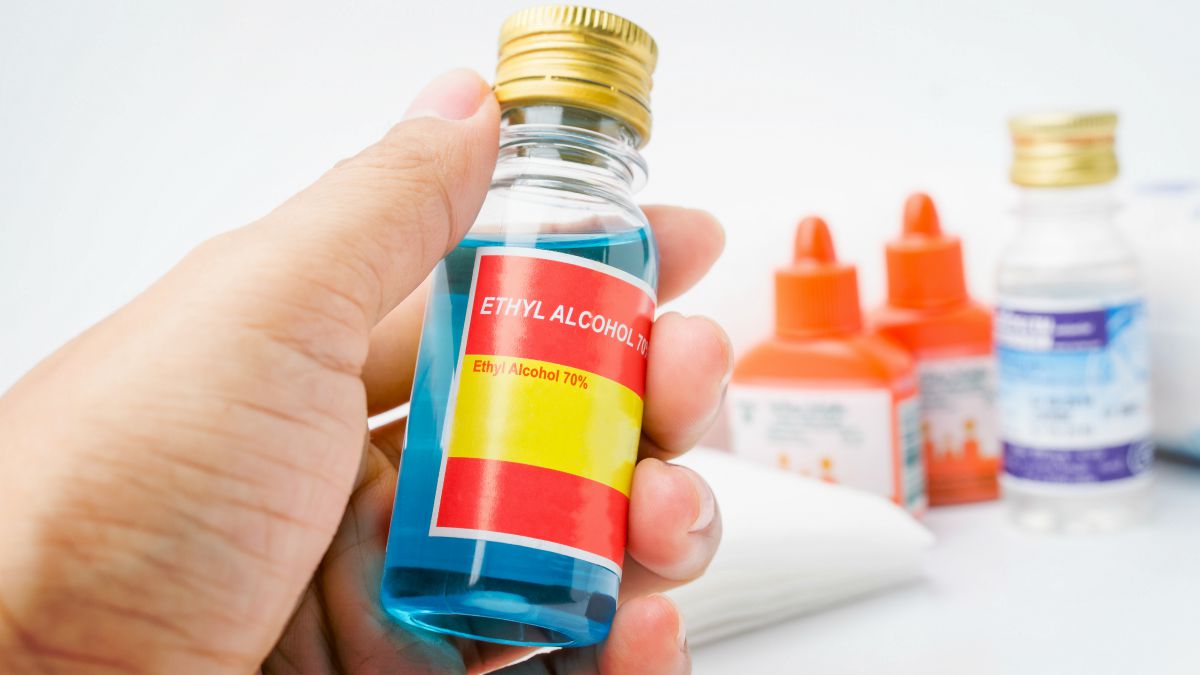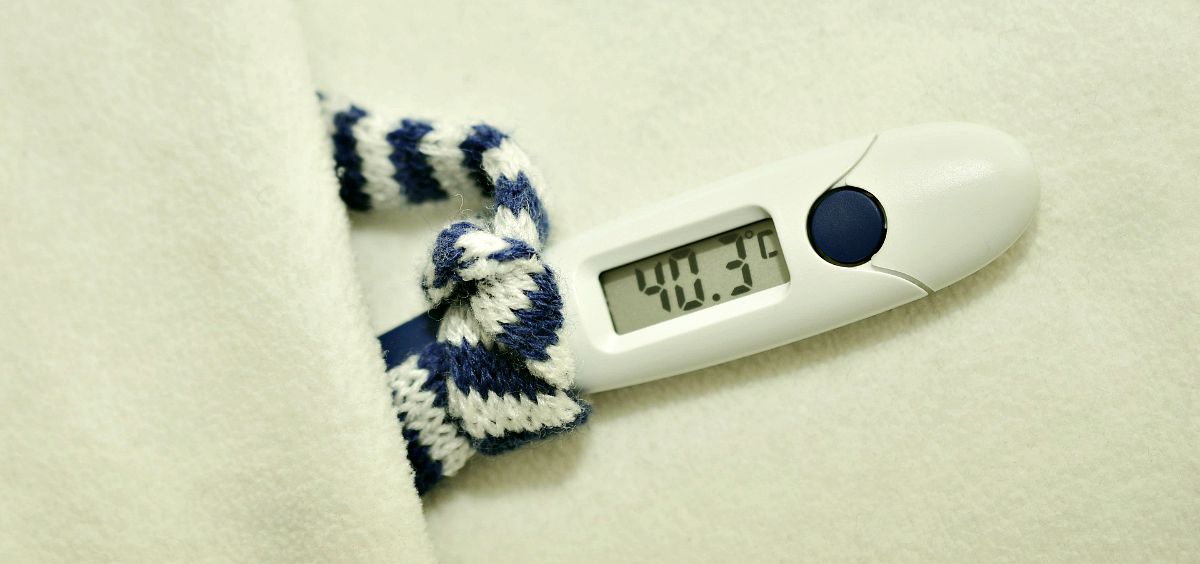Do It Yourself
How To Build A First Aid Kit

Learn how to build a first aid kit for your survival using this guide with tips on what and what-not for proper first aid kits!
RELATED: Wilderness Emergency Medicine | In-The-Field First Aid In A Pinch
In this article:
- First Aid Kit Must-Haves
- First Aid Kit Extras
- Special Medical Needs Kit
- First Aid Kit Box and Container
How to Build a First Aid Kit Properly
First Aid Kit Must-Haves
You know you should be ready for anything and everything in case of a crisis. After all, we don’t know the types of emergencies lurking at any given time.
One of the most critical things you should be prepared with is a first aid kit. As much as you would like to bring an entire hospital with you, only a few key items are truly necessary.
These items will get you through most general and minor health issues. Here are the essential first aid kit items, and what they’re for:
1. Bandages

There are different types of bandages for different needs. A sling bandage is what you need for arm and shoulder injuries.
For small cuts and wounds, band-aids will do and a few of the individually-wrapped strips won’t take up space on your first aid kit. You can also spare a few strips of butterfly bandages for closing small cuts and wounds.
2. Antibiotic Ointment
Most injuries worsen because of infection. That’s why an antibiotic ointment is a must in your first aid kit.
From cuts and wounds to animal bites and burns, always clean the afflicted part first before applying antibiotic.
3. Gauze Pads and Medical Adhesive Tape
Both gauze pads and medical adhesive tapes make a bandage to address wounds, injuries, and sprains.
4. Alcohol or Iodine Prep Pads
These are antiseptic pads used to prevent infection in wounds, scrapes, and burns. It is also used to prep the skin before surgery.
5. Alcohol

This is for disinfecting your hands and your medical tools before applying first aid.
6. Aspirin or Pain Relievers
Pain can lead to even worse conditions and a pain reliever can help calm a patient down which is very helpful in any medical emergency.
7. Hot and Cold Compress
A hot and cold compress is essential in many medical emergencies. These include bites and stings; heat stress and stroke; nosebleed and frostbite; and pain and shock.
8. Multi-Tool With Scissors and Tweezers
Yes, there are multi-tools with both and for good reasons. Some of the most common accidents occurring both indoors and outdoors are wounds and splinters.
You will need a pair of scissors to cut gauze pads and adhesive tape and you will need tweezers to pull out splinters. Only make sure to sterilize both before using them for addressing injuries.
RELATED: 17 OTC Meds For Survival Kit
First Aid Kit Extras

The saying, “It’s better to have it and not need it than to need it and not have it” is applicable in building first aid kits depending on the case. In some survival situation, you just don’t have the luxury of added weight for extras.
That’s why planning ahead is the very essence of survival. It saves you time, energy, and resources which ultimately save your life.
For home medicine or first aid cabinet, you have the luxury of space to stock up on things which may not be exactly essential but promotes comfort. For example, you can do without a cooling gel for minor burns since you simply cool the burn with lukewarm water for 20 minutes.
So, for a spacious and immobile first aid kit, you can add any of the following items:
- Different sizes of bandages
- Smelling salts or ammonia inhalants
- Ace bandages or similar for strains
- Multiple sizes of sterile pads
- Antiseptic towelettes
- Thermometer
- Snakebite poison extractor
- Tweezers
- Medical scissors or blunt sutures
- Safety pins
- Latex gloves
- Burn medication
- Sunscreen and eye drops
- OTC Meds
- Mask
Special Medical Needs Kit
You or someone in the family may have asthma and diabetes, so you should also consider these medical issues when building a first aid kit. You don’t want to be caught desperately searching and looting in drugstores for your medical needs.
Are you going down South in the snake-infested swamps? Then, you should think of bringing a first aid kit designed for snake bites.
You should also pack a special first aid kit depending on the terrain and the weather you are going to.
First Aid Kit Box and Container
For a home first aid kit, you have the convenience of medicine or first aid cabinet with a substantial space. With that space, you can stock it up full with supplies to last you some time.
For a bug-out bag or for backpacking, a coffee can makes a good first aid kit container. Even an Altoids can hold most of the first aid essentials in small quantities.
There are also water-proof bags which comes with first aid kit items. If you think you still have more to add to the bag depending on your situation, you have at least most of the essentials at hand.
This video from Survival TV will show you the proper first aid kit for snake bites:
While there are ready-made first aid kits available for purchase, it still pays to know how to build a first aid kit yourself. You become more aware of each of the first aid kit items after all.
You are also able to identify extras or customize according to your medical care needs. Learn how to build a first aid kit with the essential items, then expand from there.
Is this guide on how to build a first aid kit of any help? Let us know your thoughts about it in the comments section below!
Up Next:
For awesome survival gear, you can’t make at home, check out the Survival Life Store!
Follow us on Facebook, Instagram, Twitter, Pinterest, and Tumblr!
**Disclaimer: All content on this site is for informational purposes only. Please read our full disclaimer**
Editor’s Note: This post was originally published on March 11, 2013, and has been updated for quality and relevancy.
-

 Do It Yourself7 months ago
Do It Yourself7 months agoParacord Projects | 36 Cool Paracord Ideas For Your Paracord Survival Projects
-

 Do It Yourself9 months ago
Do It Yourself9 months agoHow To Make Paracord Survival Bracelets | DIY Survival Prepping
-

 Do It Yourself9 months ago
Do It Yourself9 months ago21 Home Remedies For Toothache Pain Relief
-

 Do It Yourself10 months ago
Do It Yourself10 months agoSurvival DIY: How To Melt Aluminum Cans For Casting
-

 Exports8 months ago
Exports8 months agoAre Switchblades Legal? Knife Laws By State


Robert
March 11, 2013 at 6:54 AM
One thing I have always put in a kit is a survival blanket
Chuck
March 11, 2013 at 7:03 AM
I have been a student of First-Aid since I was in High School. The main problem with first-aid kits that are commercially manufactured and typically available in a drug store or sporting goods outlet is that they are so full of cotton products they are all but useless in an real emergency. I have paid hundreds of dollars for those “really good kits” but have found over the past 45 years that building my own kit is far superior to those pre-assembled. When you build your own kit, you know what is in it and where it is located when the adrenaline starts flowing. My synopsis is that it’s better to have it and not need it–than to need it and not have it. The simple fact that this article is about BASIC first-aid kits and not advanced life support does not escape my attention.
richard1941@gmail.com
March 11, 2013 at 4:13 PM
I would include an antihistamine like benedryl. It is useful for allergy, athsma attack (where it could be life-saving) and as a tranquilizer or sleeping pill. It weighs little and does much.
Aspirin might improve your odds a bit if you have a heart attack. It weighs little and does much.
An ACE bandage is good for sprains, and can be used with a harvested splint to immobilize some fractures and dislocations and to hold a large wound dressing in place. It can also serve as a torniquet to reduce bleeding from an extremity. Like duct tape, it can have a million uses. It weighs little and does much.
I don’t see much in the recommended first aid kit for if you are “seriously sick”. Should there be an antibiotic of some kind, or can the triple antibiotic ointment be taken orally in an emergency? “Seriously sick” in the outback is bad mojo. I invite suggestions on how to mitigate such an event. What to do for strep throat? Infected wound with blood poisoning (red lines going up your leg from the infected foot wound)? Flu-like symptoms?
What are the smelling salts for? They may be traditional, but do they cure anything? I have heard that honey or sugar is good for packing a bad wound when nothing else is available.
Further discussion invited.
Disclaimer: I am not a medical expert; just that I would like to be prepared for likely events. After googling “homeopathy” I find it to be bravo-sierra.
TSgt B
March 14, 2013 at 1:32 PM
Some simple additions:
Kotex/feminine napkins make GREAT bandages for open trauma wounds
Tampons are GREAT medicine for penetrating/puncture/gunshot/stab wounds
Both of the above are sterile, and may be further protected by enclosing in ZipLoc bags or “Seal-a-Meal” vacuum bags
Super Glue – great for closing lacerations/slicing wounds
Duct tape – waterproof, good for sealing sucking chest wounds, damned near nuke proof
Talk with your doctor about obtaining broad-spectrum antibiotics (Cipro is a good example; will treat just about any bacteriological infection. May be adjusted for dosage by weight by dividing tablets, and you really can’t overdose with it; it is also highly hypo-allergenic)
A good, sharp knife. Gerber makes a very nice little folder with replaceable razor blades for about $13.00
A small but well-made flashlight – several to choose from, but BUY QUALITY
Firestarting tools – go to http://www.firesteel.com; this stuff works
100 feet of paracord – use to secure splints, strip it down to use filaments for sutures/fishing line; tourniquet (when used with padding between it and skin)
Military surplus field surgical kit
Betadine solution*
Alcohol*
* – Alcohol comes in several forms. Isopropyl is METAHOL based (not for consumption). You might consider either Everclear or 100 proof vodka, as bothh will suffice as sterilizing agents and may be consumed as a sedative in proper quantities when mixed with drink.
Betadine is a great topical antiseptic.
Store these in 4-8 ounce metal travel/pocket flasks (available at any liquor store), with flasks appropriately labeled as to content.
A small container of natural honey. It is a natural anisthetic/antibiotic. Apply directly to wound(s), and/or dissolve in warm water and drink. A very good form of energy.
Pocket “chain saw” and/or small tomahawk or hatchet.
Just some ramblings from a well-trained old fool.
TSgt B
March 14, 2013 at 1:34 PM
Sorry, I meant METHANOL based
Kitty
April 12, 2013 at 10:59 AM
Instead of or in addition to Kotex/Tampons for oozing wound dressing, I’ve had reason to use a disposable diaper on a co-worker’s cut. The ER that treated her was impressed because it was super absorbent and the inner cover didn’t stick to the wound and the outer plastic cover prevented leakage and the adhesive tape secured…
TSgt B
March 14, 2013 at 1:35 PM
And sorry for the typos.
EarlySquirrel
March 14, 2013 at 7:55 PM
Hey, TSgt B, I think you’ve done a super job with that list. Best I’ve seen, especially with the quick correction. If the fire-starting kit doesn’t have some regular wood matches (waterproofed, and in waterproof container), kitchen matches are helpful in melding shut the cut ends of parachute cord, also in encouraging ticks to back out when embedded in the skin. And, Joe, Your’s is a great basic list, too. I’ll use selections from both your lists when next I go week-long back packing above timberline in the Rockies. Used to do those trips ’bout sixty years ago; maybe now I’ll just prepare boxes for the unexpected.
Kitty
April 12, 2013 at 11:01 AM
Alcohol pads held on an embedded tick will kill a tick within minutes and it falls out within 24 hours without the chance of skin burning…
Donald Conner
March 19, 2013 at 1:43 AM
Your advice about a snake venom extractor is a questionable statement. Having kept a large reptile (non-venomous)for several years, I naturally became an armchair amateur herpetologist. I have also recorded many programs from the Discovery and History Channels, which, with research, I have never found an error in.
The insertion of the extractor, or surface application, will not remove sufficient venom to be effective. If one inserts a small tipped plastic glue applicator, it physically drives the venom further in. At the surface, the force required to actually suck the venom out would damage the skin.
Present day methodology is to loosely tie a restricting band above and below the site of the envenomation. There should be room for a finger to slide under the bands with mild to moderate force. The patient should be kept still, site of bite higher than the heart, and calm. The last is easier said than done, but if the heart beat rate can be lowered, the spread of the venom will be slowed.
The State Poison Control Center should be notified, and then follow their directions exactly. For some reason, here in Iowa, we have no Rattlesnake anti-venin, nor Copperhead.
We have Prarie rattlers in the NW Loess Hill, Timber Rattlers along the Mississippi and Missouri Rivers, as well as in an area SW of Des Moines, and Massagua Rattlers in a few marshes. There is also a small population of Copperheads some distance N of Ottumwa, in the SE part of the state.
Although there have been no bites that I can recall over the last 50 years, our Rattlesnakes are there and well fed, for the fall harvest draws small grain eating mammals.
I have seen them with bodies as much as 10 inches in circumference; an impressive sight indeed. One “wet” bite from an animal that big would be a serious affair.
Respectfully
richard1941
April 12, 2013 at 12:20 PM
There are different scenarios: emergency (only a few people involved, first responders and hospitals available eventurally), disaster (medical/hospital available only with delay or long distance transport), catastrophe (widespread disaster, no outside help, medical supplies not available), and collapse (no recovery or outside help EVER, medical industrial infrastructure wiped out, as in an asteroid impact or thermonuclear war). The following remarks apply to casual backpacking, but are good for all of the other scenarios.
Aspirin is not good for some people. But it is beneficial in many situations that require blood thinning, fever suppression, anti-inflammatory, and pain relief. Ibuprofen is an alternate, but its antiplatelet effect is less than that of aspirin. Ibuprofen may be a better anti-inflammatory, is used of treatment of arthritis etc. Might as well have it: cheap, readily available, and takes very little space.
Of course in a long term collapse scenario, such medicines will become scarce, and then will likely disappear… except for aspirin, which is easily produced by simple high school chemistry. (as if high school kids take chemistry any more in our culture of intellectual decay)
Highly recommended book for collapse scenario: “Caveman Chemistry”. At least it gets you up to the end of the 19th century.
Another good drug is benedryl. It relieves allergy, it can mitigate the impact of severe allergic shock and athsma, is useful as a sleeping aid, and as a tranquilizer for emotionally upset psych cases. It takes so little space and is commonly available without prescription; there is no excuse NOT to have benedryl.
Groffeaston
December 17, 2013 at 11:11 AM
I have read online so many “opinions” about what to carry and to include in a first aid kit and what not to include in a first aid kit, my head is spinning! lol Same thing about buying the pre-made ones, I have read and heard so many differing “opinions”, it makes my head spin! About the only thing I have heard that makes only sense is to make your own first aid kit. However, I am the type that wants to prepare for anything and everything! lol I guess that is the former Boyscout in me coming out.
I know the obvious things are:
Band-aids, Bandages, Tapes, Gauze, Pre-moistened Alcohol towelettes/wipes, Burn cream/lotion, Sunburn lotion/cream, Beta-dine wipes/towelettes, Tweezers, scissors, Scalpel/sharp knife, Tourniquet, Aspirin, Ibuprofen, Anti-diarrhea pills, Portable Splint, CPR Mask/shield, Plastic/latex Gloves, Benadryl, Triple antibiotic ointment, mole skin, Face masks w/eye protection, and Ace Bandage.
There are others things to include depending on where you live, travel to, weather conditions, terrain, medical conditions you and/or your family members have, etc.. The one thing I have definitely agree on is: “Whatever you pack/include in your first-aid kit, you better know how to use it or learn how to use!”
A few articles I read said that if you are a hunter, the first-aid that you should learn and you should prepare for are: gunshot wounds, arrow wounds, broken bones, sprains, heart attack, etc.. Because you never know if or when something might happen. You could trip and fall and your gun goes off and you end up shooting yourself by accident. How are you going to treat yourself? or another hunter falls and lands on his arrow while bow hunting and you see it happen. Would you be able to help? Or your hunting buddy suddenly grabs his chest and drops to the ground from a heart attack, would you know what to do?
That is why I always say: “It is better to be safe than sorry. I would rather have it and not need it, than need it and not have it!” I know it adds more weight to your first aid kit and pack, but if you need it you have it! You may just end up saving someone’s life! Maybe yours!
Pingback: Must-Have First Aid Kit Contents | Survival Life Videos
Pingback: 17 Items You Should Buy Monthly to Stay Prepared For An Emergency – Sprent Brass
Pingback: What To Bring To A Picnic – surviveurself
Pingback: What To Bring To A Picnic | Picnic Essentials Checklist | Best Go Bag
Pingback: Truck Bed Camping 101 | Everything You Need to Know About It - Cooking in Quarantine
Pingback: Truck Bed Camping 101 | Everything You Need to Know About It | Best Go Bag
Pingback: Truck Bed Camping 101 | Everything You Need to Know About It – Bulletproof Survivors
Pingback: Beginning Prepper Series “First Aid” [PODCAST] – The Self-Sufficient Life
Pingback: Beginning Prepper Series “First Aid” [PODCAST] – SurvivalCove.com
Pingback: Beginning Prepper Series “First Aid” [PODCAST] – Bulletproof Survivors
Pingback: Beginning Prepper Series “First Aid” [PODCAST] – Sprent Brass
Pingback: Bed Frame Joinery | 9 Easy Steps to Build a Bed Frame with Strong Joinery – The Self-Sufficient Life
Pingback: Bed Frame Joinery | 9 Easy Steps to Build a Bed Frame with Strong Joinery – Bulletproof Survivors
Pingback: Bed Frame Joinery | 9 Easy Steps to Build a Bed Frame with Strong Joinery – Sprent Brass